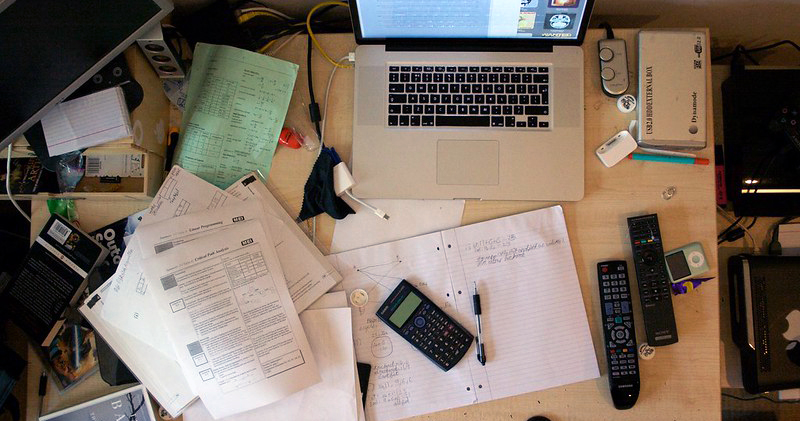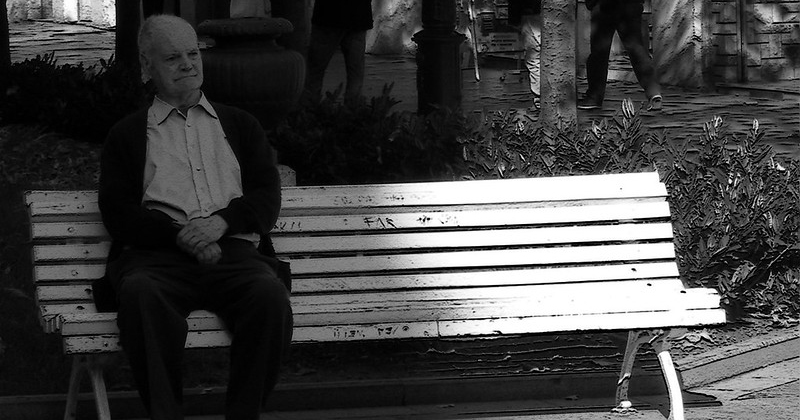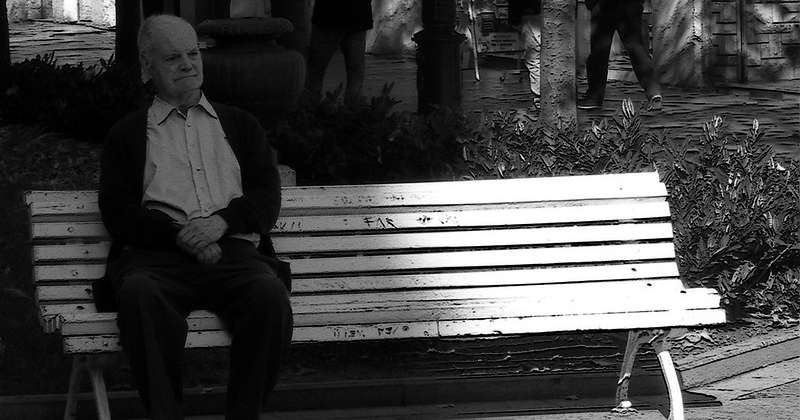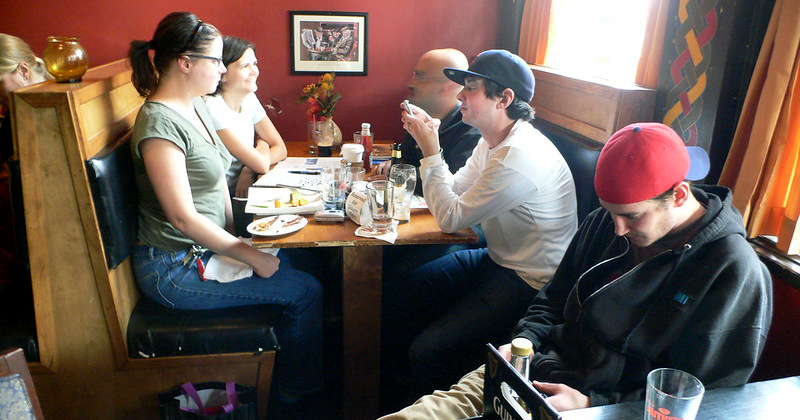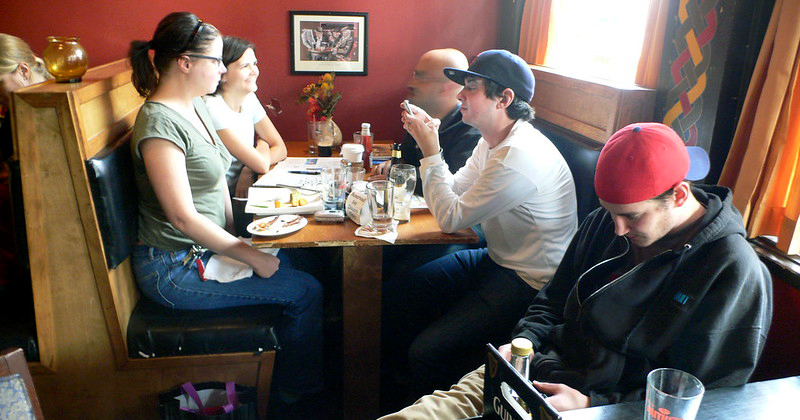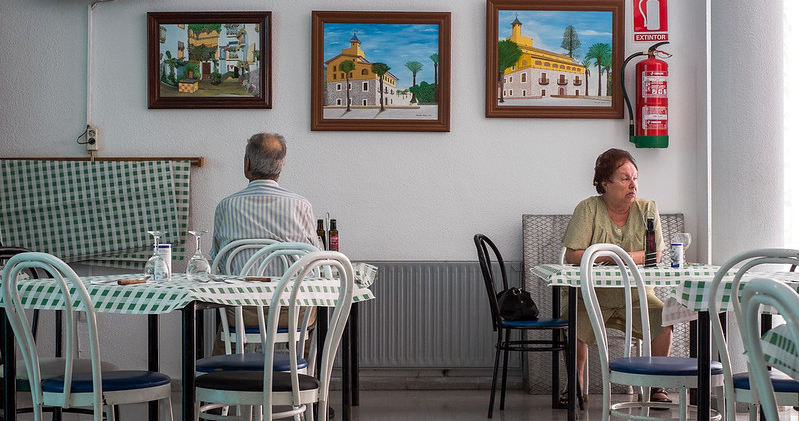Test anxiety
and virtual reality
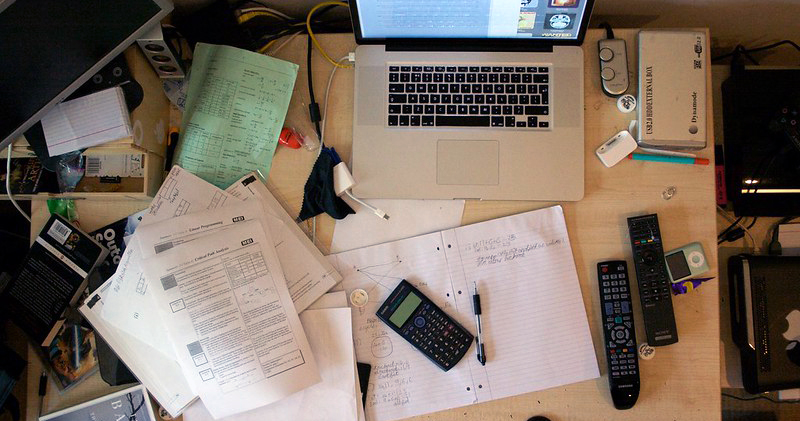
Test anxiety has been defined as the emotional, physiological and behavioral responses that occur around the potential consequences of negative evaluations or a future test or exam (Zeidner, 1998)
Spielberg and Vagg (1995) have described test anxiety as an element of general anxiety which is composed of processes of cognitive attention that interfere with performance in academic situations or tests. Like Sapp, Durand and Farrel (1995) who consider it as a case of general anxiety disorder related to being tested. Studies about the start, prevalence and incidence indicate that the start of the problem may be very early (7 years), although the major manifestations occur in adolescence. Von Der Embse, N., Barterian, J., & Segool, N. (2013) estimate that between 10 and 40% of the child/adolescent population may suffer from it. Other studies indicate a high incidence, around 48%, in university students (Kavakci, O., Semiz, M., Kartal, A., Dikici, A., & Kugu, N., 2014).
Systematic desensitization (SD) through exposure is shown to be effective itself to reduce test anxiety (Hembree, 1988) in addition to having a positive effect on academic results and a decrease in overall anxiety and trait status.
The therapeutic approaches that combine SD with cognitive restructuring and study techniques are the ones that show a greater reduction of anxiety before the test (Talbot, 2016).
The virtual reality environments are capable of generating the anxious response that appears because of the test to be able to perform the gradual exposure. In addition, virtual reality is equally effective as exposure by imagination and achieves a greater reduction of avoidance behaviors than exposure by imagination (Gutiérrez-Maldonado, Alsina, Carvallo, Letosa & Magallón, 2007). This may be because virtual reality allows a greater generalization of the coping response learned.
Psious environments allow you to use different techniques of psychological intervention: exposure, cognitive restructuring, systematic desensitization, training in social skills…, use those that are more appropriate to the characteristics of your patient and build on those with greater empirical support to get better results.
